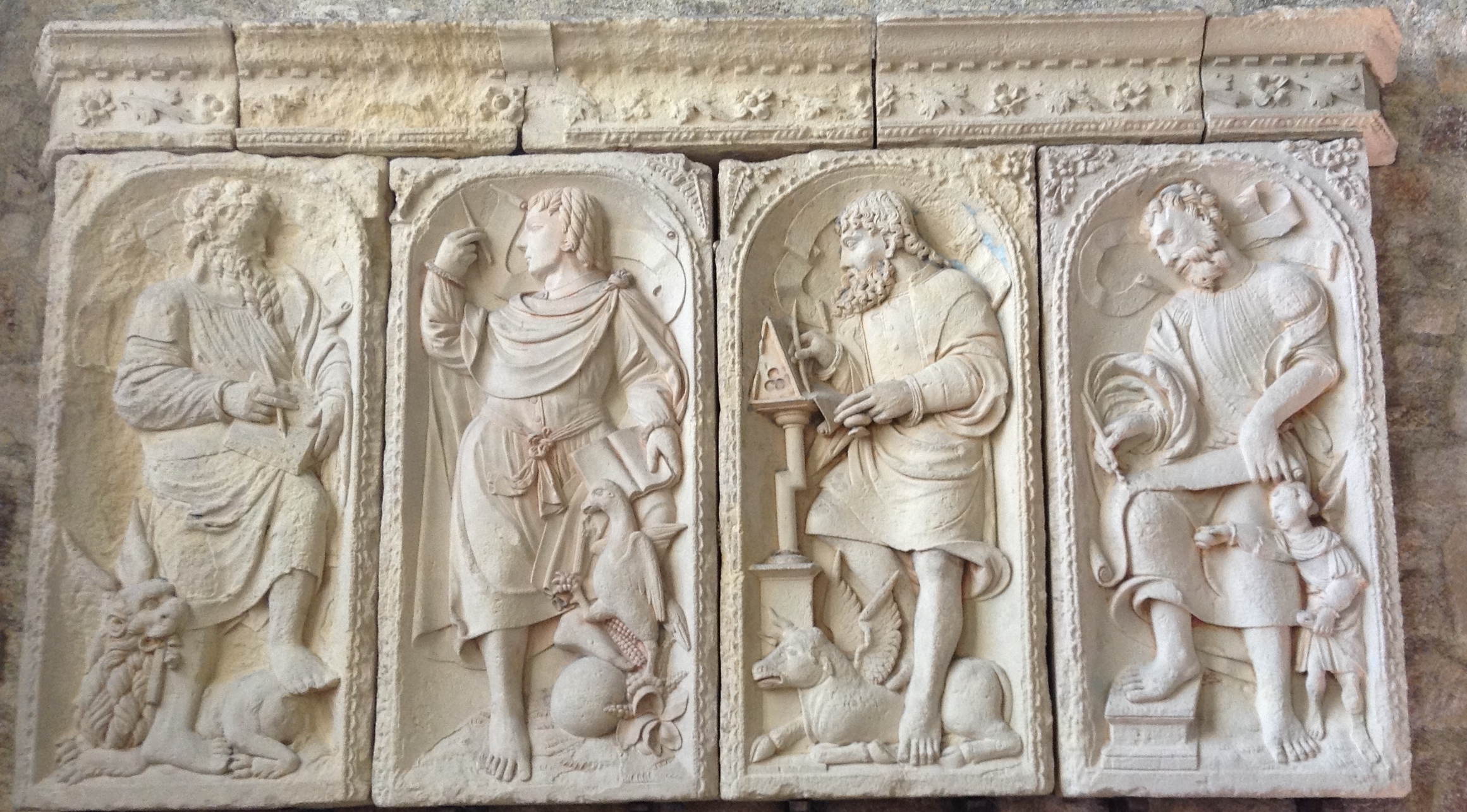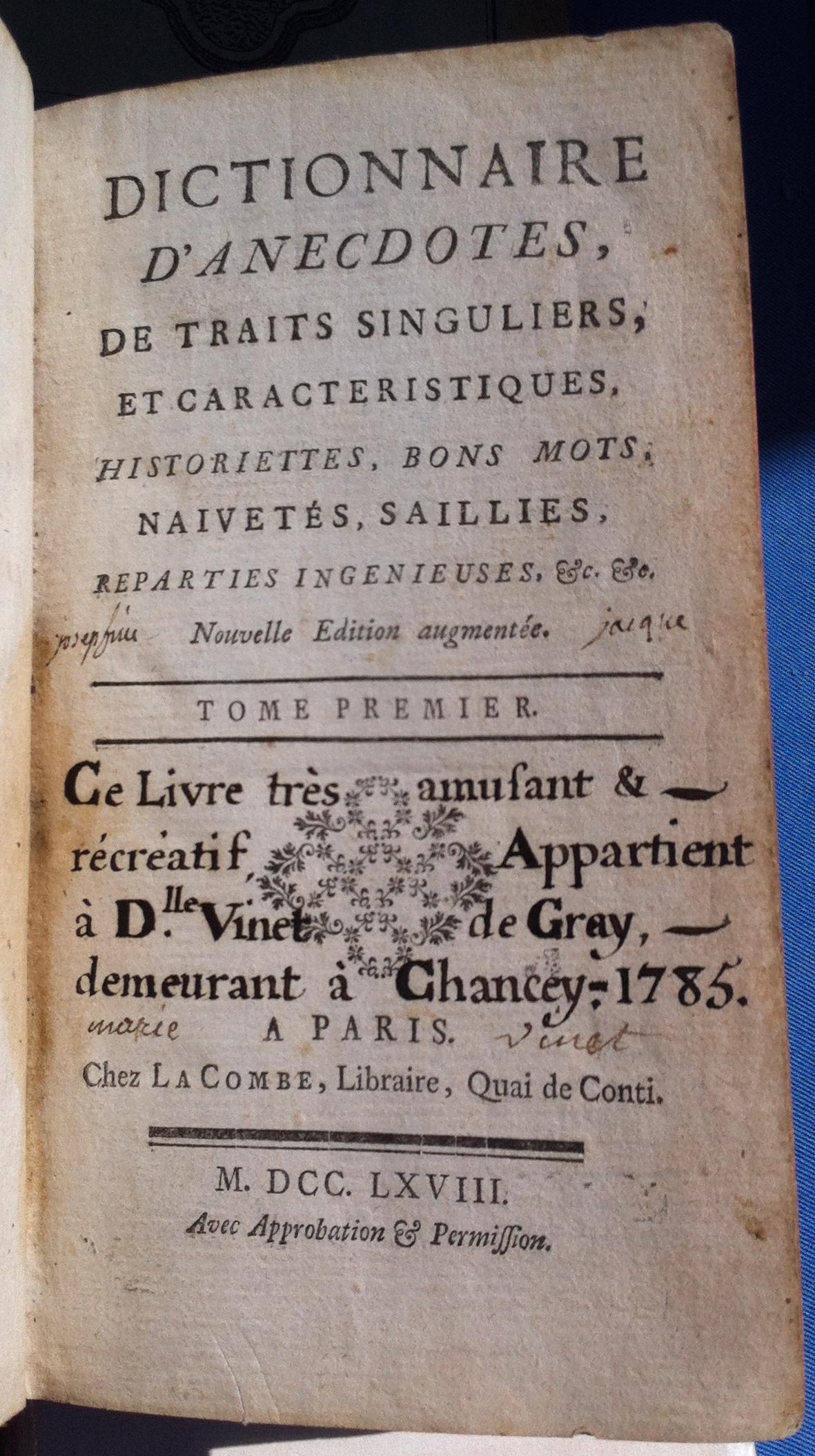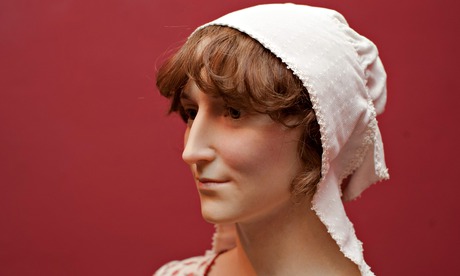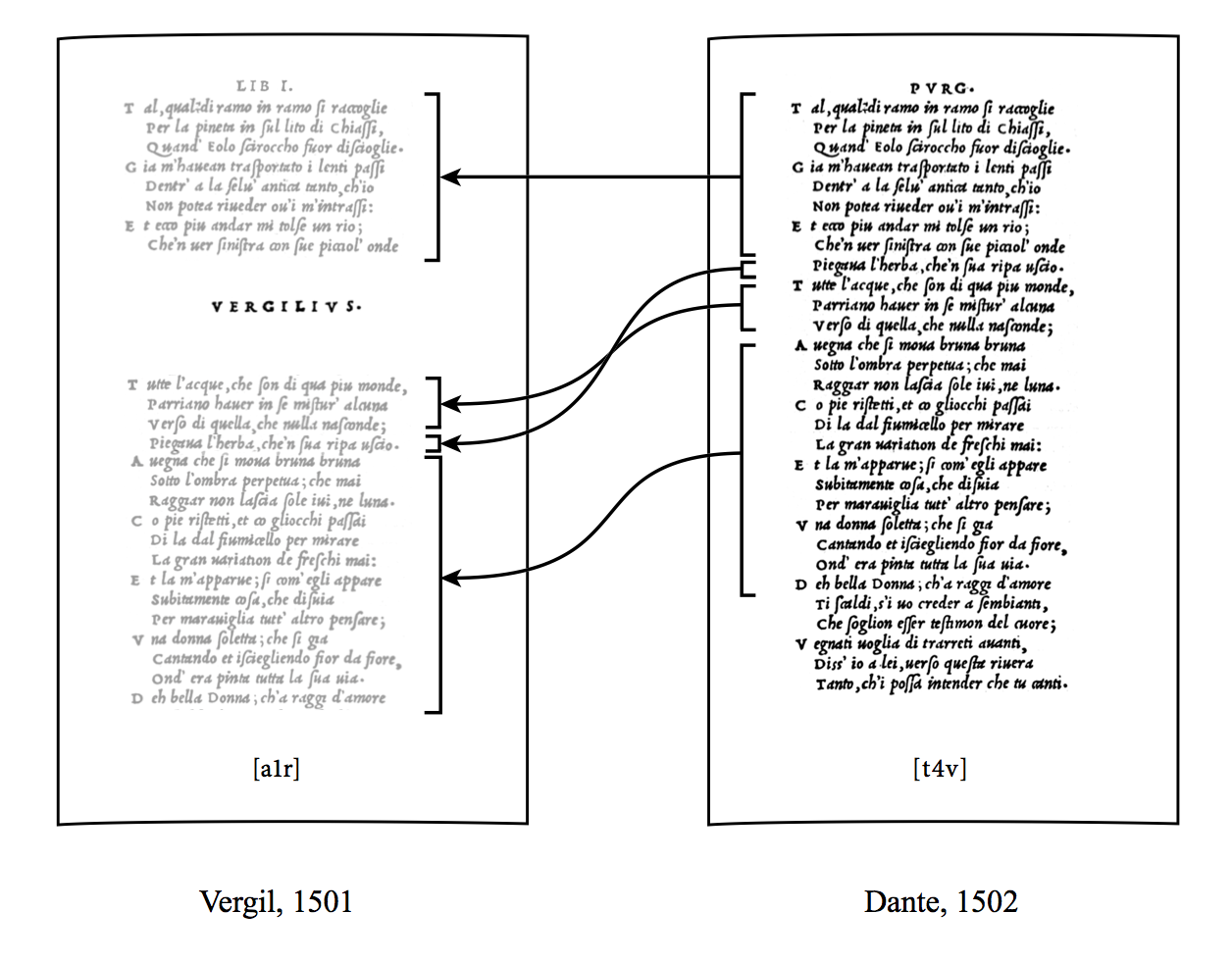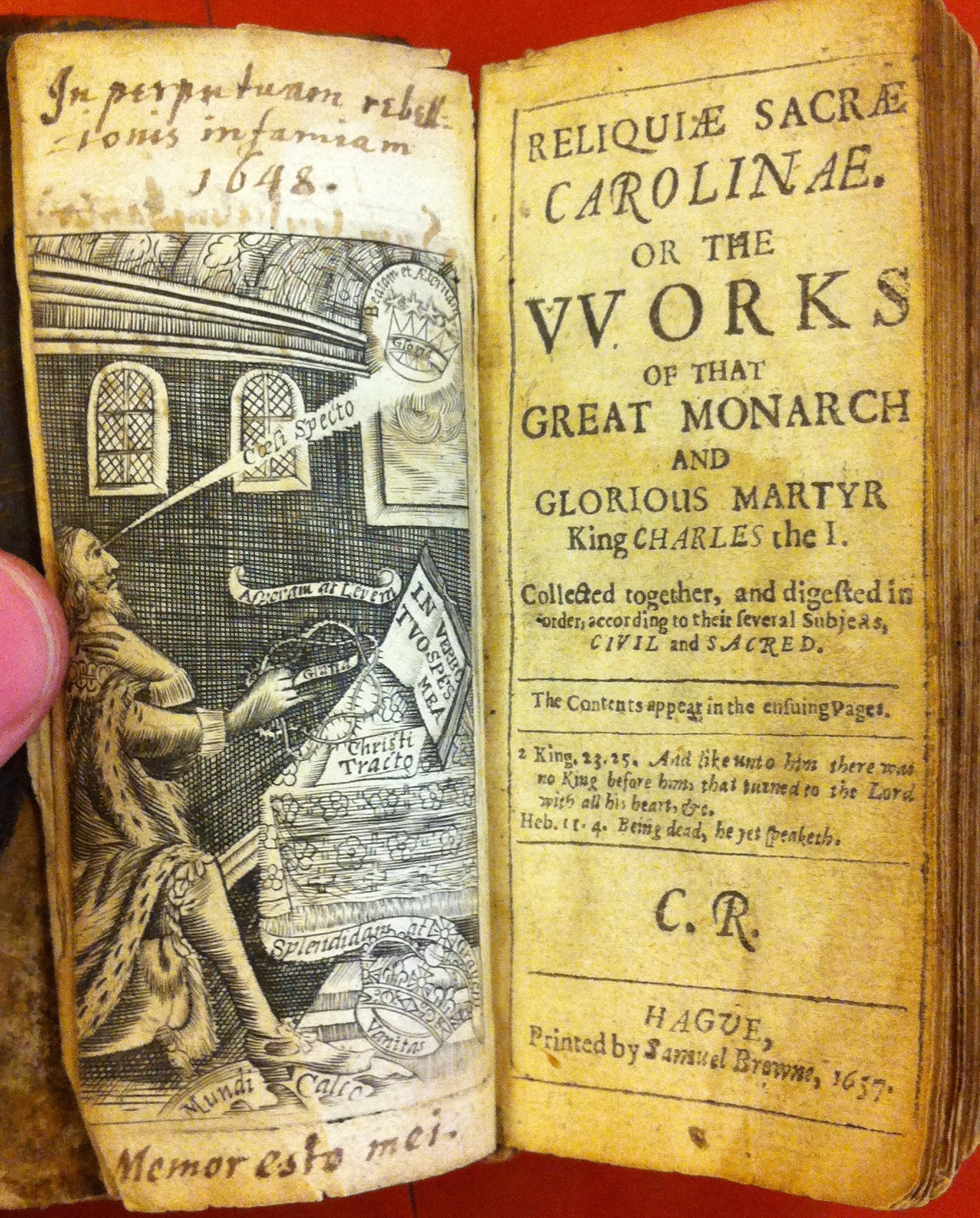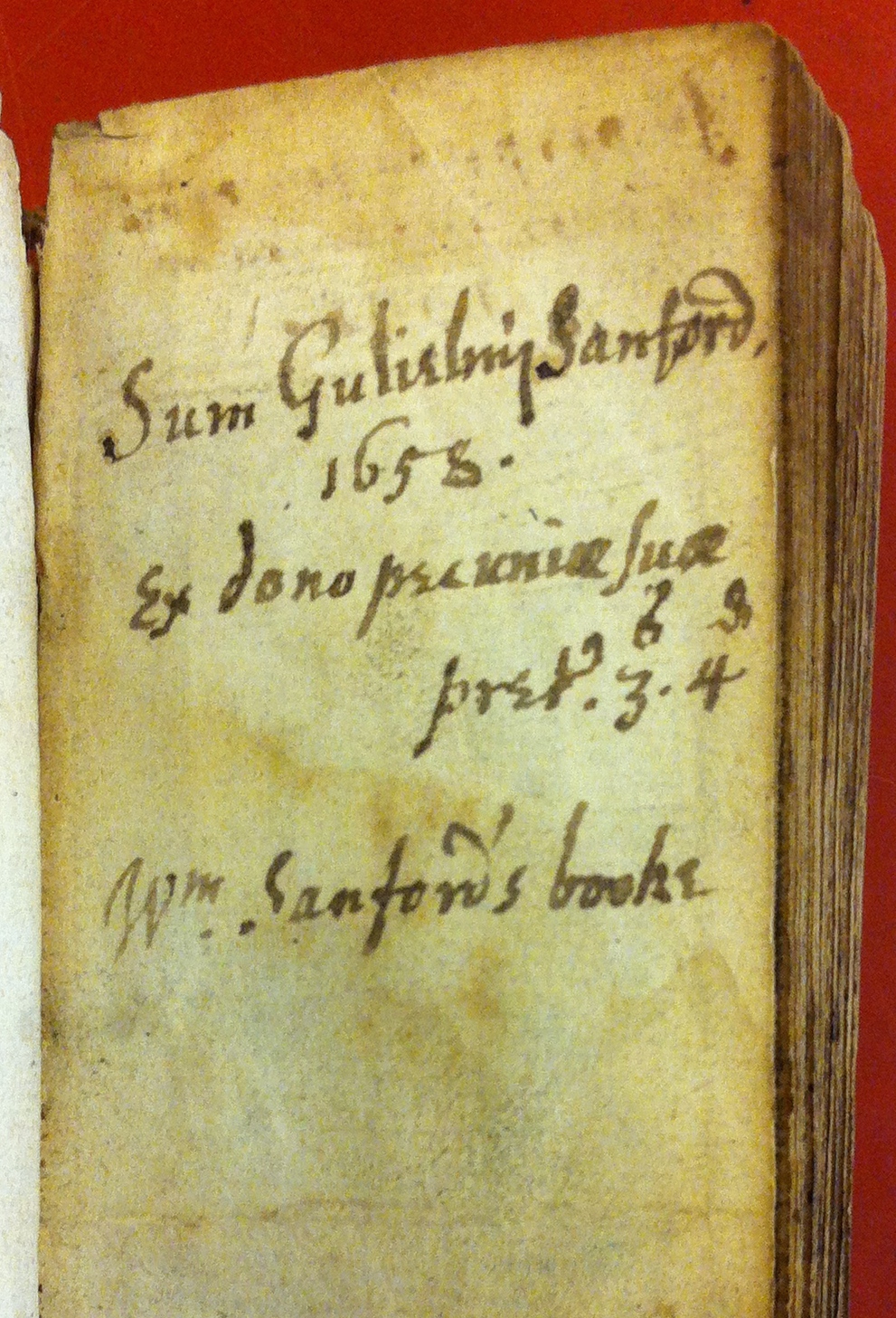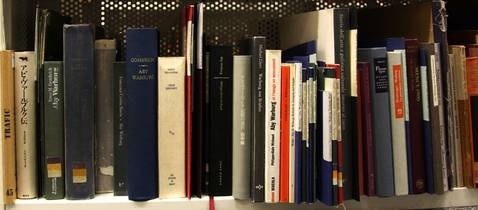Research Assistant in Early Modern European Bibliography
September 5th, 2014News; Jason Scott-WarrenThe Oxford edition of the Collected Works of Thomas Traherne has available a fixed-term part-time post of research assistant in early modern European bibliography.
The post consists of72 hourswhich can be worked flexibly (e.g. 6 hours a week over 12 weeks), by agreement with the general editor,between October and December 2014.The rate of pay is £12 per hour.
The Oxford Traherne, under the general editorship of Dr Julia Smith and under contract with Oxford University Press, is the first fully annotated edition of all known works by the seventeenth-century poet, spiritual writer, and theologian Thomas Traherne. The project is currently conducting a census of surviving copies of Traherne’s early printed works: the focus of this so far has been on UK and North American libraries, and the role of the research assistant will be to extend it to European libraries.
Candidates should have at least a Master’s degree in early modern literature or a related field, and expertise in early modern bibliography or the history of the book. The research assistant will also need to have a working knowledge of at least two European languages and some familiarity with special collections in European libraries. A high standard of accuracy, and a willingness to liaise actively with librarians will be essential for this task; a knowledge of Latin would also be desirable, but is not essential.
The work of the research assistant will be based in Oxford, and will be overseen by the general editor, Dr Julia Smith, and Dr Sarah Apetrei, a volume editor. It will also involve collaboration with the project’s existing research assistant, Dr Austen Saunders. The post is supported by the John Fell Fund, and the grant holder is Dr Sarah Apetrei.
The closing date for applications is 1 October 2014. There is no application form; please send applications, including a CV, an account of relevant experience, and the name of one referee to Dr Julia Smith at julia.smith@ell.ox.ac.uk. Applicants should also arrange for their referee to submit a reference by the closing date. Interviews will be held in Oxford, probably in the week beginning 13 October 2014, and shortlisted candidates will be asked to complete a short bibliographical exercise in preparation for the interview.
For further information, please contact Dr Julia Smith at julia.smith@ell.ox.ac.uk or Dr Sarah Apetrei at sarah.apetrei@keble.ox.ac.uk.
